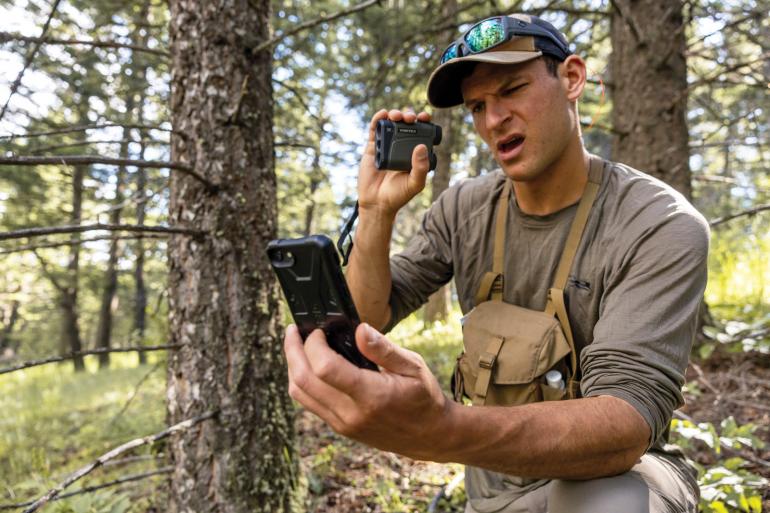Approaching the Threshold
What's the role of technology in modern-day hunting?
When it comes to hunter ethics, new technologies are muddying the waters more and more as each year rolls by. In the centuries before, evolving tools were cast in a positive light among the masses. If the bow allowed people to kill more animals more effectively than the atlatl, that was a good thing. But the end of market hunting and the advent of the North American Model of Wildlife Conservation shifted the paradigm and asked that we exercise restraint. And we did, creating the most successful wildlife-conservation system in the world. But as advents sprout up through modern-day industry, discipline and self-control become more difficult.
Today, technology is advancing at an almost unfathomable rate. Satellite imagery allows anyone with a smartphone to develop an intimate understanding of far-away landscapes from the comfort of his couch. Honey-holes that once took years of ground-truthing to discover can now be plotted out in an hour of scrolling through online maps. Cellular trail cameras can ping your phone when a bull elk walks by. Laser rangefinders read accurate distances over a mile away to scopes that have outstanding precision reticles and dial adjustments that account for both wind and elevation. And all these tools are becoming more effective and affordable the longer they’re on the market.
At the center of good ethics is executing a quick, clean kill.
One can’t help but think that this technology alters some core elements of the hunting and angling experiences—possibly ruining the primal nature of the endeavors. Then again, so did binoculars, repeating rifles, and four-wheel drive pickups. And no one seems to think those should go away.
This debate gets more complex when we consider the idea of “fair chase.” This term, coined in 1888 by the Boone and Crockett Club and popularized by Teddy Roosevelt, lays out that sportsmen should pursue wild animals in a lawful, ethical manner that does not allow the hunter an unfair advantage. This is widely considered a North Star for all hunters. But what exactly counts as “ethical?” What exactly counts as “unfair?”
At the center of good ethics is executing a quick, clean kill. Someone with a high-velocity caliber and a custom dial scope can be extremely accurate out to 800 yards or more. It could be argued that if he practices regularly, he’s more ethical than the person who only shoots to 300 yards but doesn’t practice at all. Fairness is harder to judge. At what distance has our optimized gear given us that advantage? Some would say that we’ve already crossed the threshold.
As new technologies continue to become more readily available, we need to adopt them into the hunting world with caution.
These are questions we hunters need to seriously consider. We must ask them now and ask them often. Technology is going to continue to advance, as it always has, and management agencies are going to be faced with the tall task of regulating it. How are we going to handle the next ground-breaking piece of mechanization? Could we be in store for shorter seasons? A red-dot-only week? What will that do to the hunting experience of the Luddites or so-called purists among us? It certainly isn’t going to get any easier.
As new technologies continue to become more readily available, we need to adopt them into the hunting world with caution. We should also be prepared to ixnay more and more of them outright (like we did with drones) early in their evolution. And before we write off new regulations as “big government infringing on our freedoms,” keep in mind what market hunters—the majority of frontiersmen—might have thought about Teddy Roosevelt’s idea of conservation. He probably wasn’t the most popular guy in the room, but it’s fair to say we’re damn glad now he had the foresight he did. Let’s all be like him and stay ahead on this.













